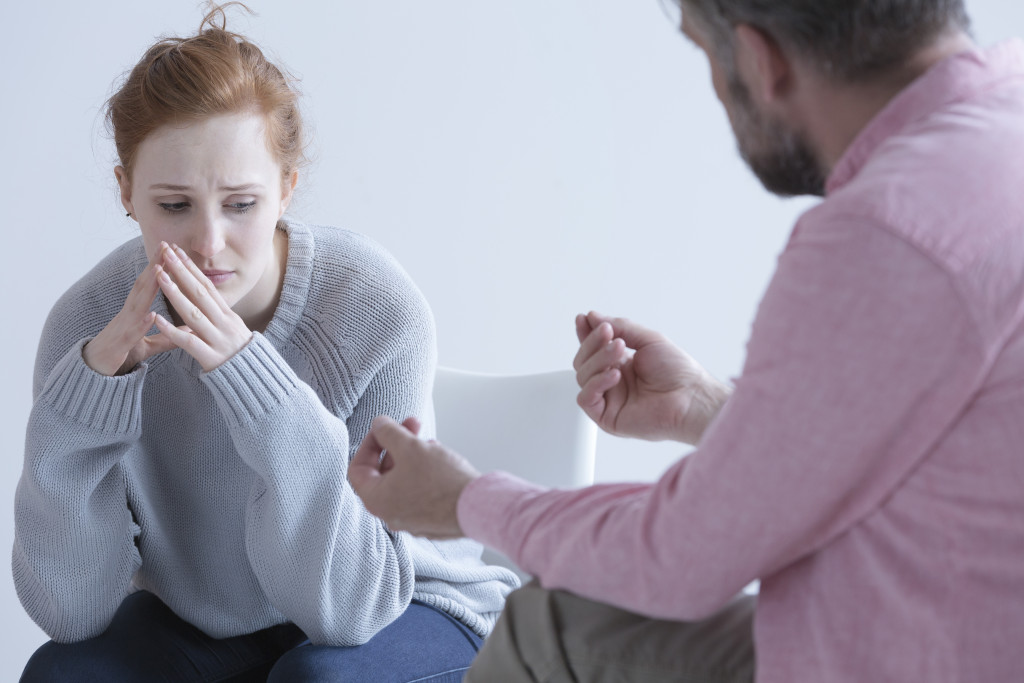People who have never been diagnosed with a clinical disorder will never fully understand what their neurodiverse counterparts are going through, no matter how much reading or research they do. Stereotypes in mainstream media don’t often help. This is why the world has gone on for so long, having preconceived notions about those with psychiatric and psychological disorders that many people know about. The TV show Hoarders, for example, have sensationalized a genuine condition that about 19 million Americans are living with daily.
If we want to be part of the solution instead of the problem, one of the first things we need to do is to educate ourselves on these genuine disorders and to distinguish between fact and fiction where they are concerned. We need to demystify them so that we don’t treat those who have them as “other.”

Here are some of the most misunderstood mental and behavioral disorders and why people diagnosed with them do not deserve condemnation but our love and support.
What is a mental disorder?
But first, we need to define what a mental disorder is. A mental disorder is classified as a medical condition that significantly influences a person’s thoughts, moods, and behaviors. These disorders are not one-size-fits-all and can affect people in various ways, both in the short and long term. They can also be treated in various ways, again, depending on the person who was diagnosed.
How can we help?
As family members, friends, or loved ones who know people who might be diagnosed with any of these disorders, the best thing we can do is to learn about it as much as we can, stay connected with their primary caregivers, and help meet our loved ones’ felt needs.
If they need help with their meals or other daily tasks, let’s assist them. If they need support in pursuing disability benefits, we can lend a helping hand as they file documents for it. Most importantly, our presence can already communicate how much we love them and that we’re in it for the long haul, no matter how treacherous their journey towards healing and management may be.
Schizophrenia
People diagnosed with schizophrenia are often labeled as potentially violent, but it’s not always the case. It’s simply a psychotic and thought disorder that is characterized by hallucinations and delusions. People who were diagnosed with this disorder often have a hard time carrying out day-to-day tasks because of this condition. Their types range from catatonic, residual, disorganized, paranoid, or undifferentiated.
Dissociative identity disorder
Like the terms “gaslight, gatekeep, girlboss,” the term “dissociating” has become so used in mainstream consciousness that it seems to have lost its meaning altogether. Dissociating is not just feeling “out of it” or suddenly getting your thoughts lost in the clouds. It’s usually a response to trauma when a person goes through a complex process of disconnecting from their feelings, thoughts, sense of identity, or memories as a way of protecting themselves. Other types include dissociative fugue, dissociative amnesia, and depersonalization disorder.
Borderline personality disorder
Movies like Girl, Interrupted and Silver Linings Playbook romanticized this disorder so much that so many people bought into the false notions about the disorder. Borderline personality disorder is so much more than just being toxic in relationships; it impacts the way a person perceives themselves and others, which then causes problems in how they function in their day-to-day lives. It causes them to mismanage their actions and feelings, gives them a hard time seeing themselves in a positive light, and makes them susceptible to repetitive patterns of unstable and toxic relationships.
Bipolar disorder
Bipolar disorder is more than just having intense mood swings. It’s marked by a persistent change in moods that can last from days, months, and even years, greatly impacting a person’s ability to function and quality of life. It is a complex disorder that is usually categorized into two: Bipolar 1, which is marked by mania that can lead to depression, and Bipolar 2, which is marked by hypomania and depression.
If someone we love has been diagnosed with one or two of these disorders, it is incumbent upon us to be a valuable source of support and love instead of a significant hindrance to their recovery. The key is to help empower them as they go on their journey towards recovery and not see them as projects that need fixing. Do not underestimate the power of a genuine community and a support system in helping a person find the path to healing.

